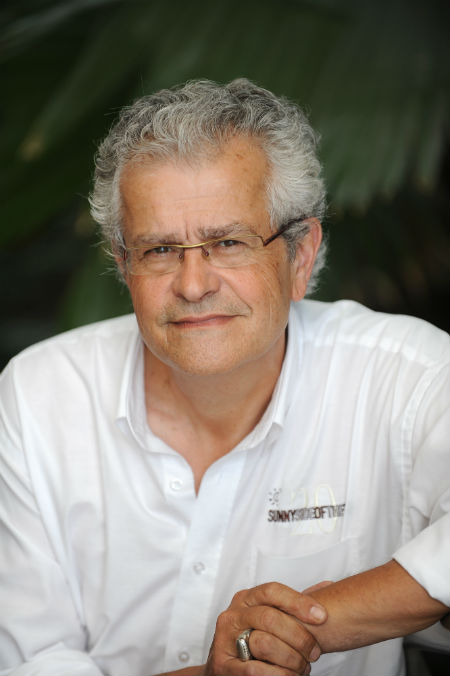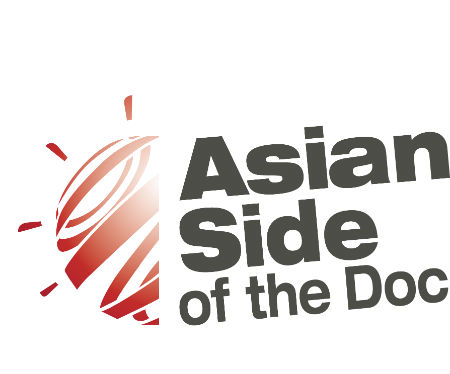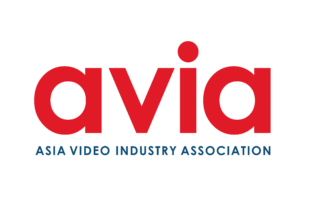
In an exclusive interview with Television Asia Plus, CEO of Asian Side of the Doc Yves Jeanneau highlighted the stakes of the upcoming 5th edition of the Asia-centric documentary film marketplace which will be held in Chengdu, China from March 18-21 this year.
Yves Jeanneau
1. ​Why has Asian Side of the Doc decided to go to Chengdu this year?
Asian Side of the Doc started five years ago with a clear strategy: to roll out the event all over Asia to gather as many documentary producers and broadcasters as possible. Starting from Hong Kong, we’ve been to Seoul, Tokyo, and Kuala Lumpur. And it was obvious from the very beginning that mainland China was a place to go. Given that the Chinese documentary community has developed extensively during the past five years, and with the launch of new channels like CCTV-9, there was really only one country for the 5th Asian Side of the Doc.
We didn’t want to do it in a too big a city and wanted to bring our participants to a less familiar place with a special appeal. Chengdu, in Sichuan, came out as the best possible choice. Thanks to the City Government and to our main partner, the China Documentary Film Commission, we have been really well supported in organising the event there.
When I see the quality and the number of co-productions done with Chinese partners, I am astonished. I’ve never before seen a country move into the international market so quickly. We’ll have a bigger attendance than ever, better projects, and even – for the first time – a 1,200 sqm exhibition space. Asian Side of the Doc has become a real and comprehensive marketplace for Asian Documentary.
2. Is there a consideration to settle in one country eventually?
This is something we’ve always thought about. It is a lot of work to change location every year. You have to start from scratch, to learn about the different setup, to meet and select the right providers, and so on. So yes, we’ll have to settle in one place at some point. I shall wait for the end of this 5th Asian Side in Chengdu before making a decision on when and where I could settle the event in the near future. As it is clear now that Asian Side of the Doc will be the main documentary marketplace, the chosen country must be dynamic in the sector, be easily accessible, and be attractive for well-travelled international delegates who like to discover new places and cultures.
3. What’s the rationale behind introducing the market floor for the buying and selling of docs this year? How has the response been so far?
Until now, Asian Side of the Doc has mainly been a co-production meeting, focused on projects in development. It’s also been a good opportunity for knowing who was doing what in Asia and abroad, and about the opportunities and structures. But as people learn and experience the sector for themselves, they need business opportunities rather than information. Plus the projects which had already been pitched and produced are now on the market for sale. We had to adapt our format to these new needs.
And for this first year of the sales market, the results are beyond expectations. Our exhibition space is almost full. We have 30 company stands and group stands (for delegations from countries including Australia, France, Germany). Some of these stands are bigger than expected — for example, the French delegation is now up to 60 participants and needs 60sqm.
The biggest stand will be for CCTV-9 and the China Documentary Union, with 112sqm. Altogether it means 76 exhibiting companies — and as we are still waiting for several confirmations from Chinese companies, we‘ll have even more when the doors open.
We’ve already registered 400 attendants, a third from the West, two-thirds from Asia. I’m sure we’ll be over 500 by March 18th.
4. Generally speaking, what do you feel are the challenges that documentary filmmakers face, and how is Asian Side of the Doc helping to ease those challenges?
Documentary films are competing, in the West, with new forms of scripted reality shows and factual-entertainment, but they still attract very good ratings on TV when an attractive subject is well produced and directed, with unique access and an original, creative look.
More and more, global issues interest audiences all over the world and such ambitious projects need more money than any single country can afford. Asian Side has been designed and set up to meet this need for international co-production.
Not all projects can go abroad — we know that. But international co-productions raise the quality level, and improve domestic production too. I also want to underline the educational role of docs. We are offering audiences the chance to discover the world, and peoples they don’t know but who are facing similar problems and issues as themselves. This works when the storytelling, the quality of image and sound, the cleverness of the editing create together an entertaining experience, a surprise.
Asian Side of the Doc continues to organise many workshops on these issues, including training sessions for doc producers, such as one we did in Beijing in January. In Asia, where there are so many good stories to tell the world, storytelling skills still need developing. That’s one of the main goals for filmmakers attending Asian Side of the Doc. For producers and broadcasters, they have to better understand the rules of international co-production and of the distribution market.
5. Asian Side of the Doc was previously associated with Keiko Bang. Can you help us understand how that relationship has changed?
Keiko had been doing a wonderful job for Asian Side of the Doc in Seoul, Tokyo and Kuala Lumpur. She knew how to work with these countries, and she had been very efficient. Moving to China, I had to adapt the organisation of ASD, with Chinese partners, and it would have been too complicated to work on a tripartite basis.
Keiko also had her own great ideas and projects, complementary to what ASD is doing, and which I support. We are not in competition, and I’m sure we’ll help each other in the future.










